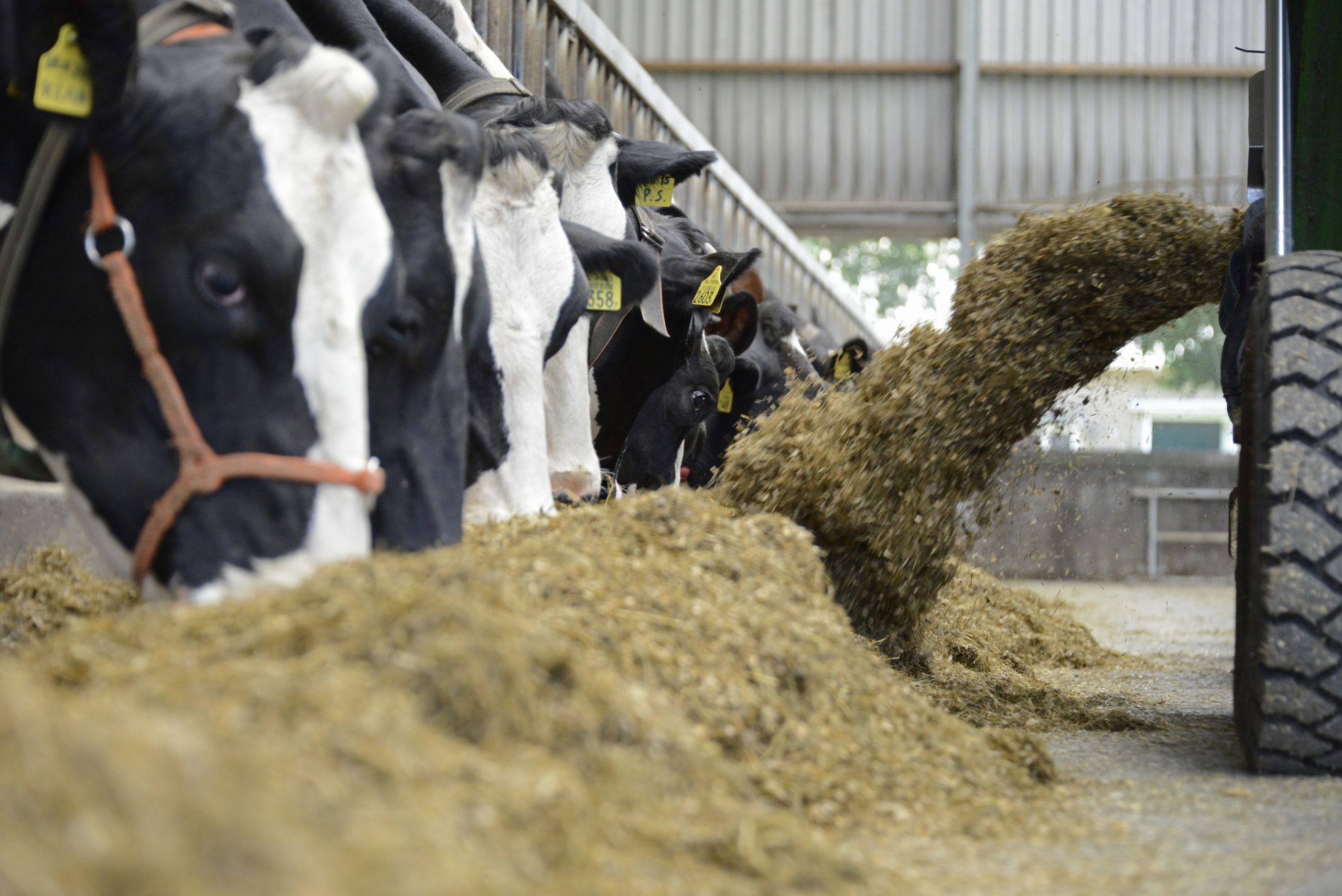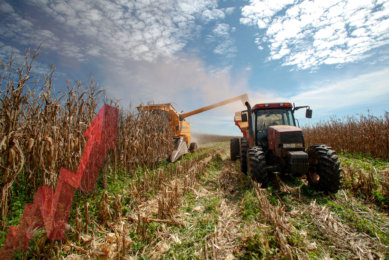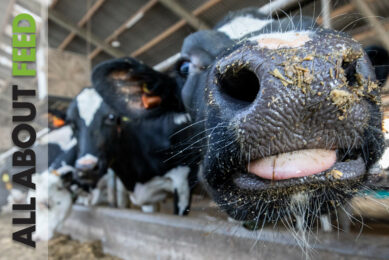DDGS samples EU tested for feeding value

The type of raw material used in distillers dried grains with solubles (DDGS) significantly influences the chemical composition and feeding value for ruminants. This is concluded by researchers from the University of Bonn after analysing different sources of European DDGS.
Most research has been done with DDGS from maize, which is the predominant raw material for bioethanol production in the USA. In Europe, raw materials are diverse. Particularly, wheat, barley, and other cereals as well as sugar beet syrup are used. In addition, raw material blends are common. A recent study therefore looked at 36 European DDGS samples from 20 ethanol production plants belonging to 16 companies. Samples originated from 12 European countries, namely Austria, Belgium, the Czech Republic, France, Germany, Hungary, the Netherlands, Poland, Slovakia, Spain, Sweden, and the United Kingdom. Samples were produced between end of 2011 and early 2014 and consisting of maize DDGA, wheat DDGS or a blend (maize and barley, triticale, rye, and sugar beet syrup).
Maize DDGS was more consistent
The researchers wanted to find out how much these DDGS samples differed from each other in terms of chemical, protein, and mineral composition, as well as feeding value for ruminants. Particularly, ruminally undegraded feed crude protein (RUP), intestinal digestibility of RUP, and utilisable crude protein at the duodenum were estimated by means of in vitro methods.
After analyses it was found that the type of raw material in the DDGS significantly influenced chemical composition and feeding value. Maize DDGS was more consistent compared to DDGS from blends and wheat. However, variation was high among all samples and within DDGS types for most characteristics. It was also noted that characteristics of European maize DDGS were similar to maize DDGS from North America.
This study confirms previous findings on chemical composition and feeding value of European DDGS. In general, results indicate that information on DDGS raw materials can be an indicator of chemical composition and feeding value, but high variability impairs its validity. According to the researchers, ideally, each batch of DDGS should be analysed for most important characteristics. Regarding protein value, different in vitro methods and their combination show promising results to identify differences within types of feedstuff.











